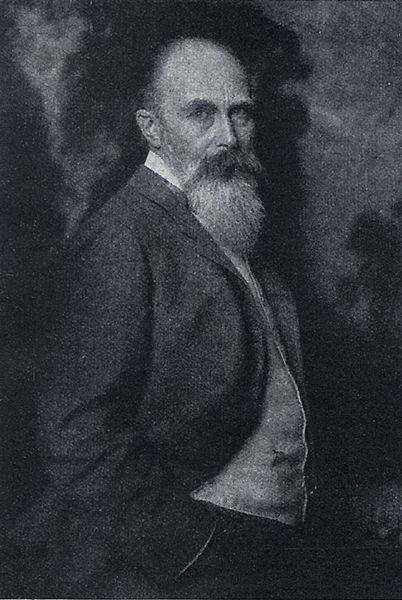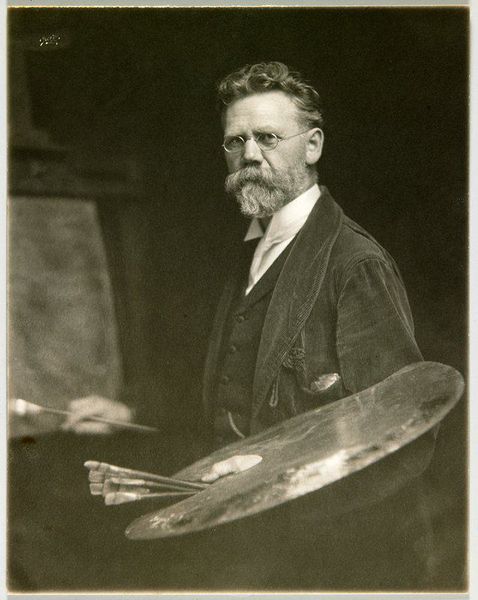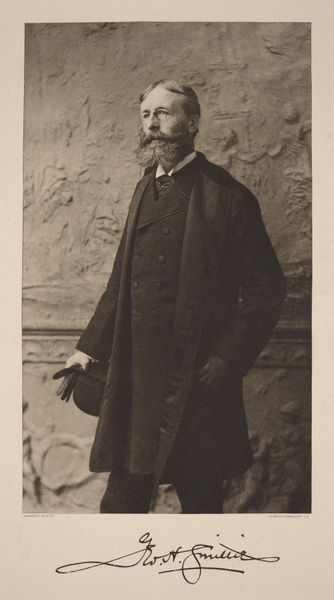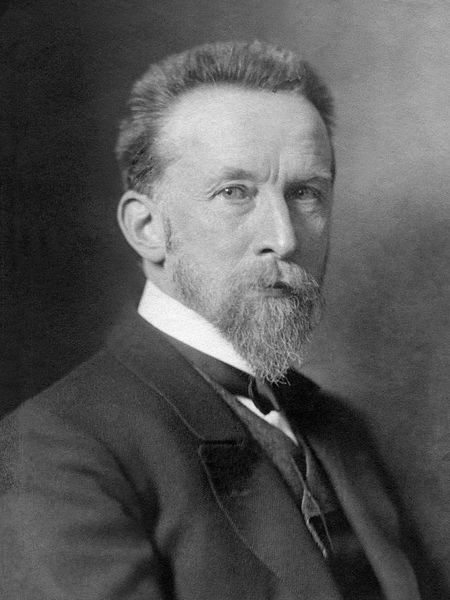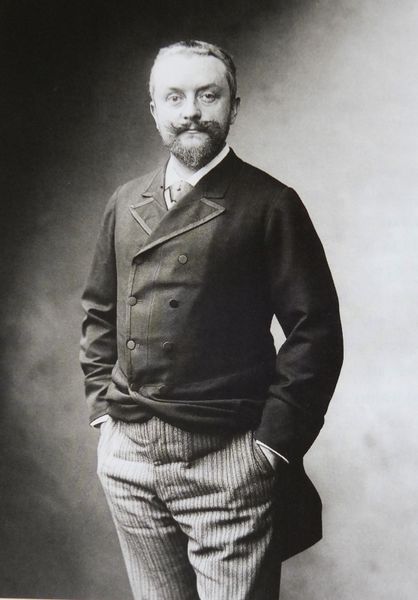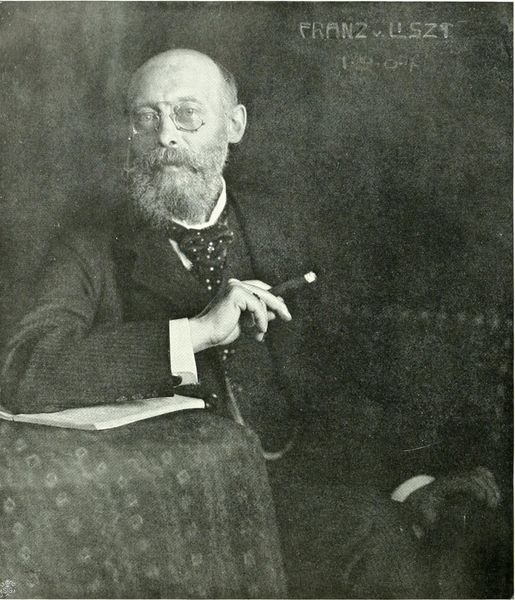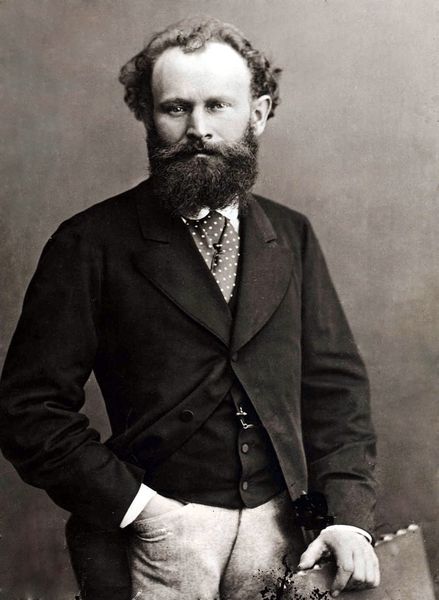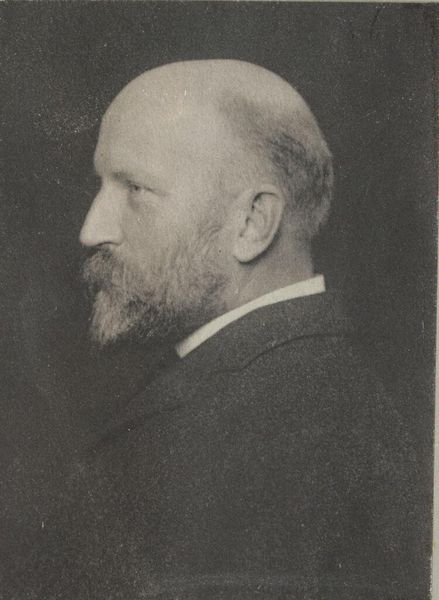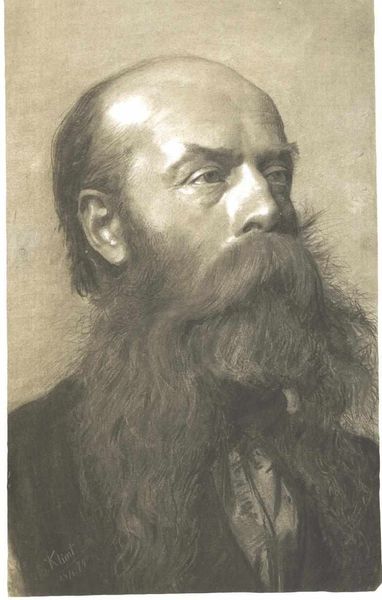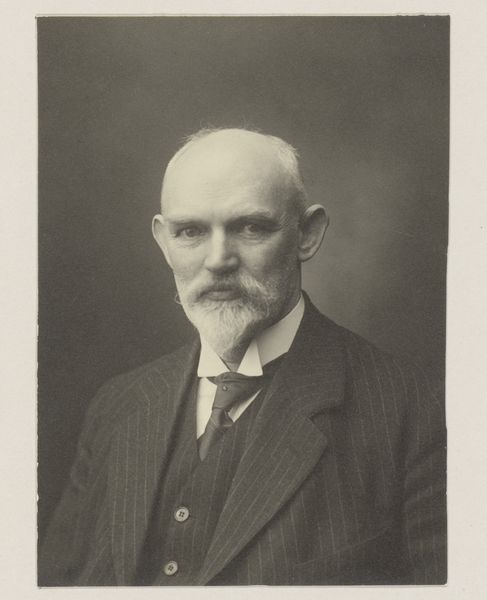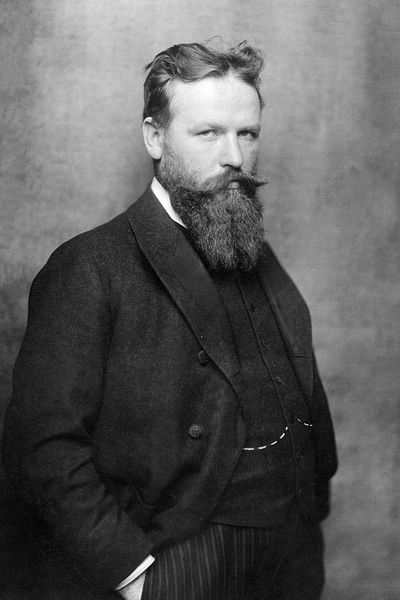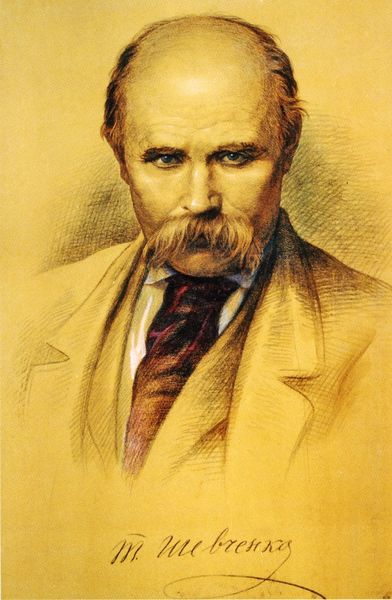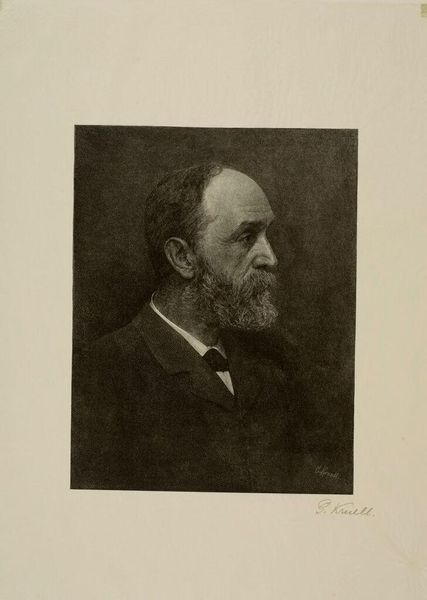
photography
#
portrait
#
self-portrait
#
pictorialism
#
portrait
#
photography
#
modernism
Copyright: Public domain
Curator: This is a remarkable portrait of William James by Alice Boughton, taken in 1907. A captivating example of pictorialism, wouldn’t you agree? Editor: My immediate feeling is of deep thought and, dare I say, a bit of melancholy. The sepia tones really contribute to the overall somber atmosphere. Curator: Absolutely. The monochromatic palette contributes to its timeless feel. Boughton, as a woman photographer during the modernist movement, often explored themes of intellectual and artistic identity. James, of course, was a leading figure in pragmatism and a major voice during a time of immense social and philosophical change in America. Editor: I’m struck by the strength in the asymmetry of his features, the sharp nose and the shadow highlighting one side of his face, almost carving it out in the stark light. Is that shadow intentionally creating a specific symbolism here, or is it merely photographic style? Curator: It is likely that Boughton used shadow deliberately. It obscures part of his face, obscuring him behind his legacy perhaps, commenting on the impact of intellectual celebrity. Given the rise of modernism and shifts in social views, it’s compelling to think of Boughton presenting James’ portrait as a study in evolving intellectual authority. How are these titans being perceived in a society changing around them? Editor: This photographic rendering is also interesting given James' work dealing with the conscious vs the unconscious. Are we only able to see what lies on the surface? Curator: Exactly, you’re asking whether Boughton is also engaged in some psychological reading through portraiture. A really perceptive thought! The slightly softened focus characteristic of pictorialism could reflect the subject as being present but somewhat remote, emphasizing interior thought and memory. Editor: Thinking about the symbolism, it's easy to look at James and see him only as the public figure. But, look more carefully: in those lines on his face, in the sharp shadow around his eye. In these visual cues there is, perhaps, both vulnerability and power. Curator: A poignant paradox beautifully observed! Looking at William James through the lens of Alice Boughton invites us to see him as a figure caught between the weight of philosophical tradition and the nascent spirit of modernity. Thank you, I am so glad you were able to draw that out. Editor: It highlights how the past resonates into the present, prompting continued reflections and interpretations. Thank you for allowing me the space to delve in with my line of thinking.
Comments
No comments
Be the first to comment and join the conversation on the ultimate creative platform.
